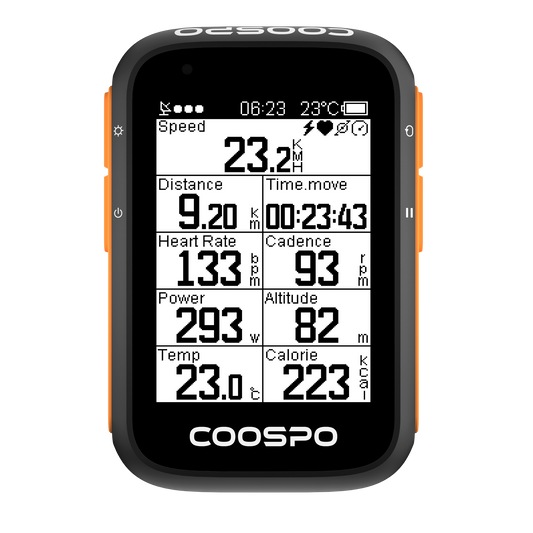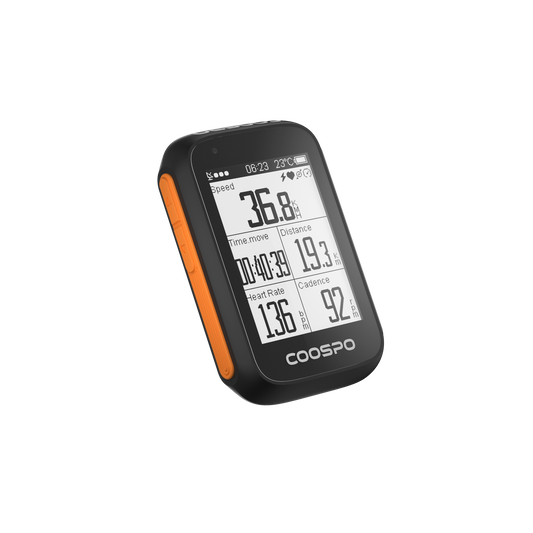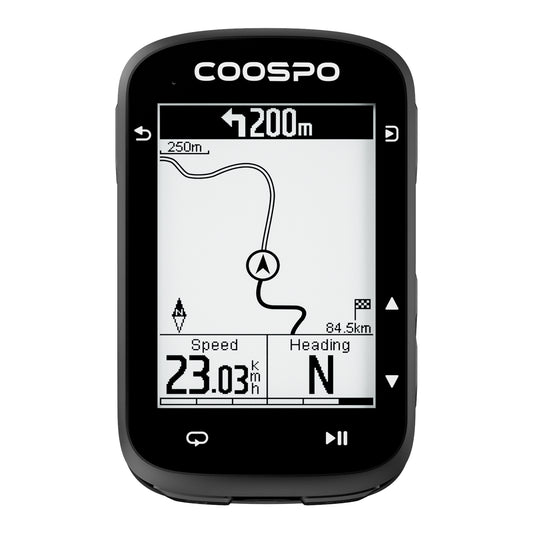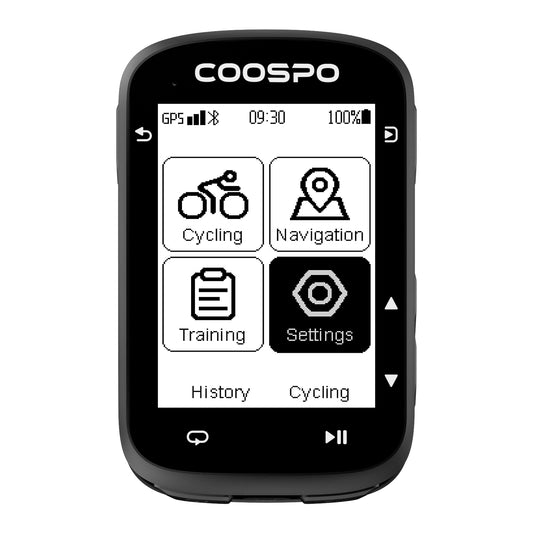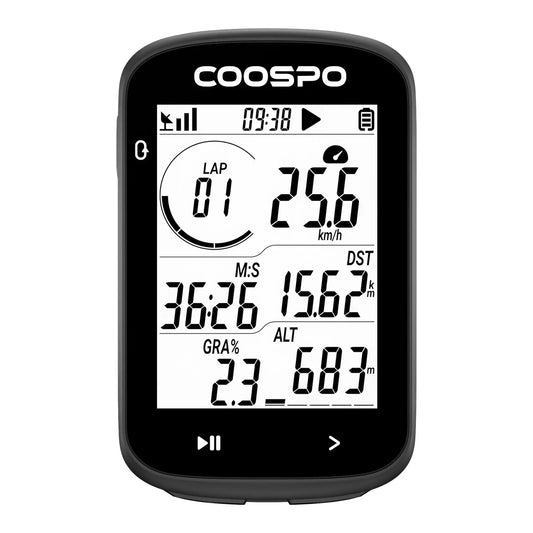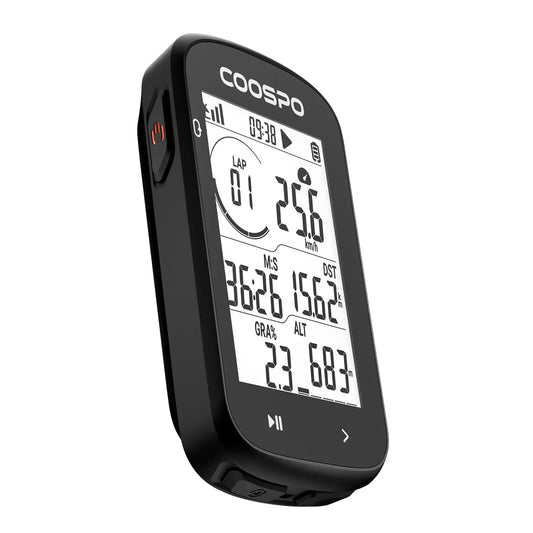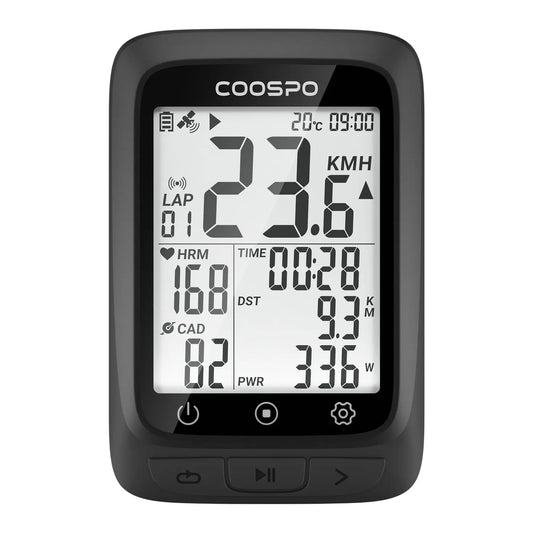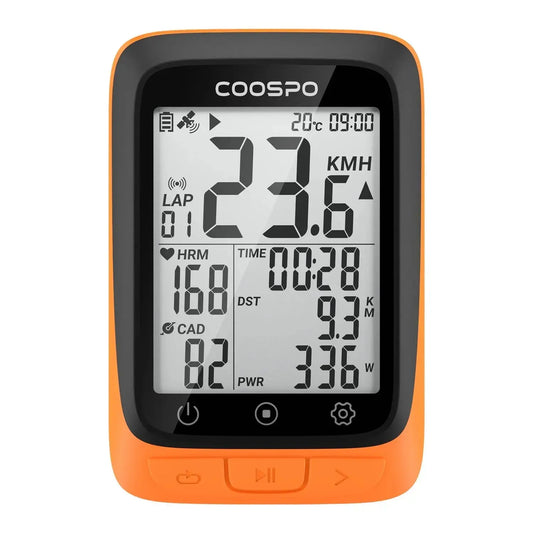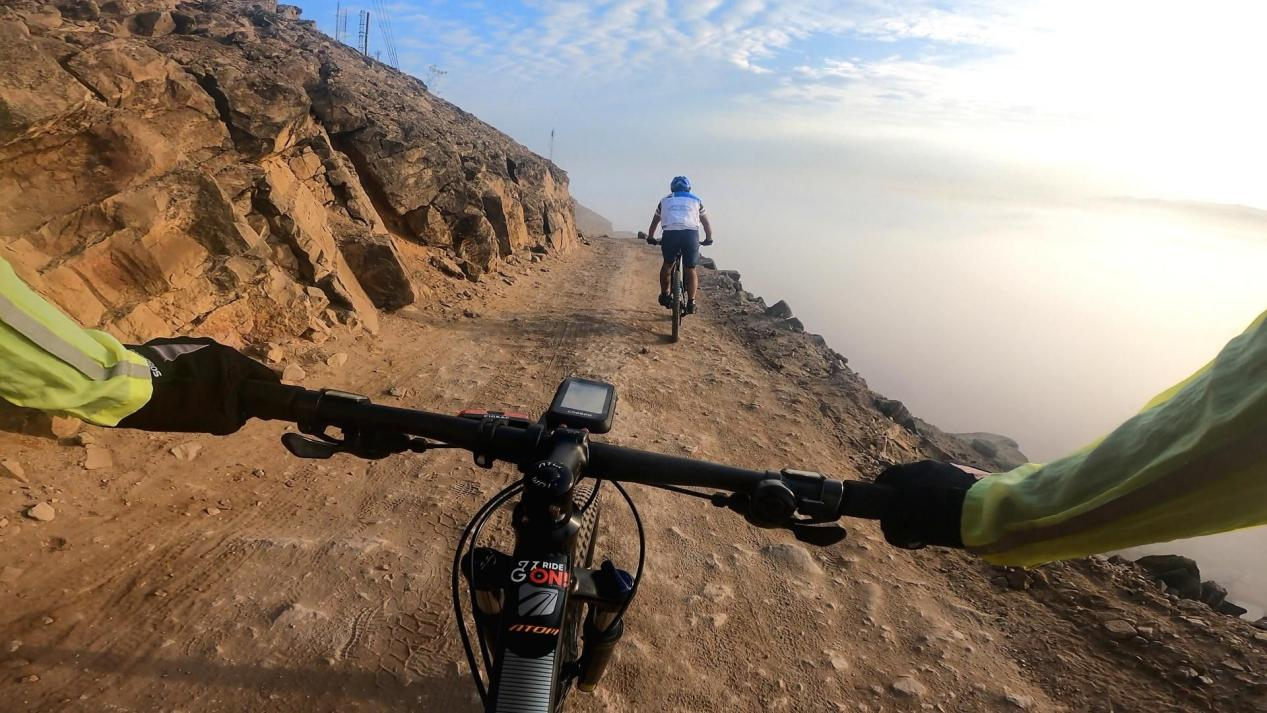Tipps für neue Radfahrer, um die Fahrt zu erhöhen
Tipps für Radsportanfänger zur Steigerung der Fahrstrecke
Radfahren ist mehr als nur eine unterhaltsame Aktivität, es ist auch eine großartige Möglichkeit, in Form zu bleiben und Ihre Gesundheit zu verbessern. Wenn Sie neu im Radsport sind, ist es wichtig, es langsam angehen zu lassen und Ihre Ausdauer und Fahrstrecke schrittweise aufzubauen. Wenn Sie zu früh zu viel versuchen, kann dies zu Verletzungen und Rückschlägen führen. Seien Sie also am besten geduldig und trainieren Sie konsequent.
Eine zu schnelle Steigerung des Radtrainings kann zu Verletzungen und Erschöpfung führen. Dies kann passieren, wenn Sie längere Strecken zu schnell fahren oder sich zu sehr anstrengen, bevor Ihr Körper bereit ist.
Wenn wir uns beim Training zu sehr anstrengen, indem wir die Intensität oder Häufigkeit zu schnell steigern, kann unser Körper zu müde werden, um sich richtig zu erholen. Dadurch fällt es uns tatsächlich schwerer, uns an die Veränderungen anzupassen, die wir vornehmen, und wir leisten am Ende mehr Arbeit, ohne die gewünschten Ergebnisse zu erzielen.
Um Ihre Radfahrdistanz oder -geschwindigkeit zu verbessern, müssen Sie nicht nur einer festen Formel folgen. Es gibt viele Faktoren wie Hügel, Windrichtung und Geschwindigkeit, die beeinflussen können, wie weit und schnell Sie fahren können. Und ein GPS-Fahrradcomputer bringt Ihre Fahrt auf die nächste Stufe. Zum Beispiel: Coospo Fahrradcomputer Ausgestattet mit allen wichtigen Funktionen wie der Distanzanzeige wissen Sie genau, wie weit Sie gefahren sind.
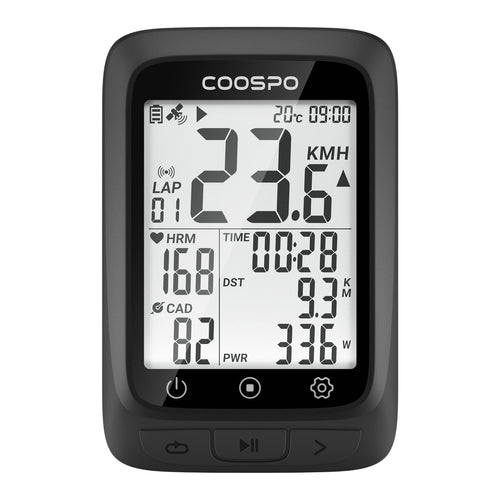
Allerdings ist Radfahren schonender für Ihren Körper als Laufen, Sie können sich also mehr anstrengen und weiter kommen.
Man kann also davon ausgehen, dass Ihr Ansatz zur Steigerung Ihrer Trainingsbelastung etwas anders aussieht als der anderer Ausdauersportler. Wir werden wertvolle Tipps erkunden, die durch Expertenrat und wissenschaftliche Studien unterstützt werden.

Setzen Sie sich Radfahrziele und planen Sie regelmäßige Fahrten
Bewerten Sie zunächst Ihre Ziele und wie viel Zeit Sie tatsächlich pro Woche mit dem Radfahren verbringen können. Legen Sie sowohl kurzfristige als auch langfristige Ziele fest, um einen Fahrplan für Ihren Fortschritt zu erstellen.
Versuchen Sie, sich Ziele zu setzen, wie z. B. die wöchentlich zurückgelegte Distanz um einen bestimmten Prozentsatz zu erhöhen oder eine bestimmte Strecke in einer bestimmten Zeit zu absolvieren. Wenn Sie größere Ziele in kleinere, überschaubare Ziele aufteilen, können Sie Ihre Trainingseinheiten besser planen und organisieren, um Ihre Ziele zu erreichen.
Konsequentes Üben und Fahrzeit
Beginnen Sie mit kürzeren Fahrten und steigern Sie sich langsam zu längeren und intensiveren Fahrten.
Wenn Sie neu im Reitsport sind, empfiehlt es sich, mindestens zwei Wochen lang drei- bis viermal pro Woche 30 Minuten in entspanntem Tempo zu reiten. Wenn Sie dies ohne Schmerzen tun können und immer noch Energie haben, können Sie die Zeit in der dritten Woche schrittweise um 10-15 % steigern.
Fahren Sie in der ersten und zweiten Woche dreimal pro Woche 30 Minuten und verlängern Sie dann jede Fahrt um drei bis fünf Minuten oder in der dritten Woche eine Fahrt um etwa 10 bis 15 Minuten. Erhöhen Sie Ihre Fahrzeit mit dieser Methode jede Woche weiter, bis Sie eine Stunde oder die höchste Stundenzahl erreichen, die Sie laut Experten pro Woche fahren können.
Intensität hinzufügen
Nachdem Sie einen regelmäßigen Zeitplan mit mehreren Reittagen pro Woche erstellt und Ihre gewünschte wöchentliche Reitzeit erreicht haben, ist es an der Zeit, Ihrem Training etwas Struktur und Intensität zu verleihen. Bauen Sie sowohl schwierigere als auch einfachere Tage ein, um Ihre Reitleistung weiter zu steigern.
An leichten Tagen fahren Sie länger in lockerem Tempo und an anstrengenden Tagen machen Sie einige schnelle Intervalle.
Es wird empfohlen, bei einer einstündigen Fahrt insgesamt 10 bis 15 Minuten harte Anstrengung in Intervallen einzubauen, wobei die einzelnen Intervalle zwischen einer und vier Minuten dauern. Je länger Sie fahren, desto intensiver werden die Anstrengungen.
Vergessen Sie nicht, Ihre Herzfrequenz und Radfahrleistung um zu sehen, wie hart und wie lange Sie trainieren.
Sie erhalten eine Herzfrequenzmesser um Ihre Herzfrequenz zu verfolgen. Coospo HW9 verfügt über eine 5-farbige LED-Anzeige für das Herzfrequenzzonentraining. Sie können Ihre Herzfrequenzzone in Echtzeit anhand der LED-Farbe überprüfen, anstatt Ihr Smartphone zu überprüfen. Und Sie können die Vibrations- und LED-Funktion über die CoospoRide App werden Sie daran erinnert, wann Sie aufhören müssen.

Der Coospo-Herzfrequenzmesser kann auch an Ihren Fahrradcomputer angeschlossen werden, sodass Sie während der Fahrt Ihre Herzfrequenz in Echtzeit überprüfen können.

Denken Sie daran, die Intensität schrittweise zu steigern, und halten Sie sich dabei an die 10-15 %-Regel. Wenn Sie zu schnell zu viel trainieren, kann das zu Übertraining führen.
Und schließlich: Erhöhen Sie nicht gleichzeitig Länge und Intensität einer Fahrt, denn auch das kann zu Beschwerden während der Fahrt führen, etwa zu Knie- oder Nackenschmerzen oder sogar zu den Symptomen eines Übertrainings.
Ruhe ist wichtig für die Besserung
Es mag eine gute Idee sein, jedes Mal so hart wie möglich auf dem Fahrrad zu fahren, aber für ein gutes Trainingsprogramm ist es wichtig, sich ausreichend auszuruhen. Die Vorteile des Trainings kommen während der Erholung zum Tragen, nicht nur während des Trainings.
Planen Sie nach anstrengenden Trainingseinheiten unbedingt einen Ruhetag in Ihren Kalender ein. Dies kann eine leichte Erholungsfahrt mit geringerer Intensität oder ein ganzer Tag ohne Training sein. Es ist auch eine gute Idee, alle drei Wochen eine Woche mit leichteren Trainingseinheiten einzuplanen.
Berücksichtigen Sie andere Faktoren, die den Trainingsfortschritt beeinflussen
Viele Dinge können den Erfolg Ihres Trainings beeinflussen, nicht nur die Radtour selbst. Die richtige Ernährung, ausreichend Wasser trinken und darauf achten, dass Ihr Rad richtig sitzt, sind alles wichtige Dinge, an die Sie denken sollten.
Versorgen Sie Ihren Körper mit einer ausgewogenen Ernährung, die Kohlenhydrate, Proteine und gesunde Fette enthält.
Es ist wichtig, ausreichend zu trinken, denn zu wenig Wasser kann müde machen und Ihre Leistungsfähigkeit beeinträchtigen. Achten Sie darauf, vor, während und nach Ihren Fahrten ausreichend Wasser zu trinken und passen Sie die Trinkmenge je nach Wetter und Fahrtdauer an.
Bei kurzen Radtouren (bis zu einer Stunde) sollten Sie vor dem Start ausreichend Wasser mit Elektrolyten trinken. Trinken Sie zwei Stunden vor der Fahrt 480–580 ml und etwa 30 Minuten vorher weitere 230 ml. Bei längeren Touren sollten Sie 30–60 g Kohlenhydrate pro Stunde zu sich nehmen und alle 15 Minuten 170–200 ml Flüssigkeit trinken, also 680–800 ml pro Stunde.
Stellen Sie abschließend sicher, dass Ihr Fahrrad richtig zu Ihnen passt. Wenn Sie beim Fahren Unbehagen oder Schmerzen verspüren, z. B. Taubheitsgefühle in den Händen oder Rückenschmerzen, ist es möglicherweise eine gute Idee, Ihr Fahrrad von einem Fachmann anpassen zu lassen, damit es besser zu Ihnen passt.



